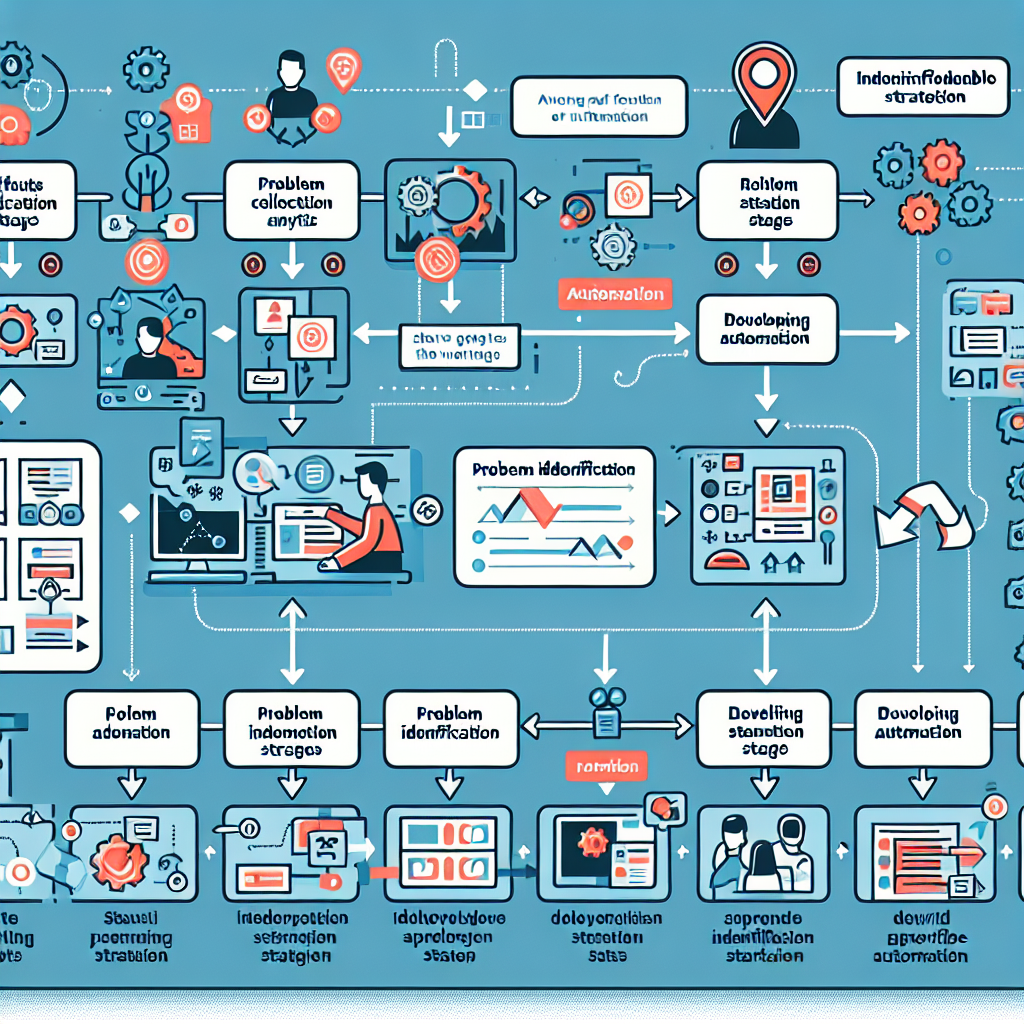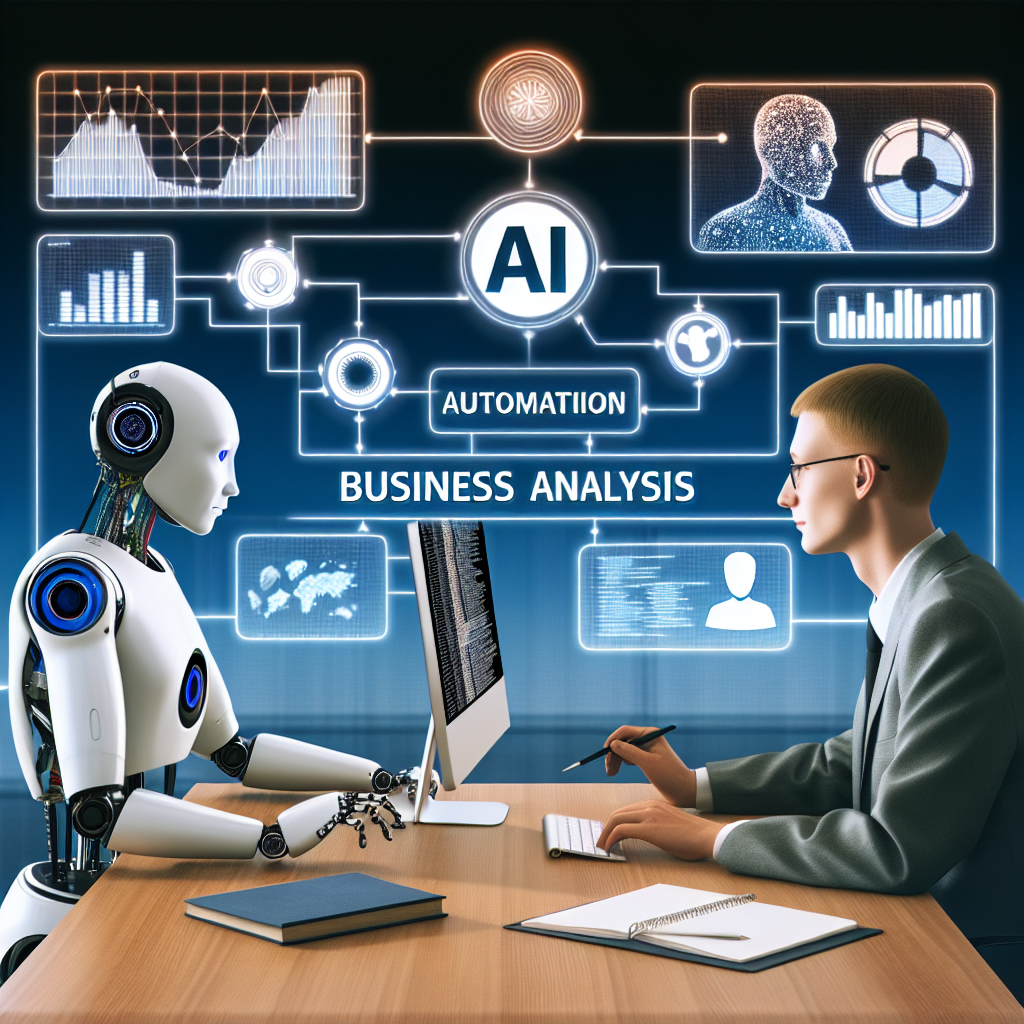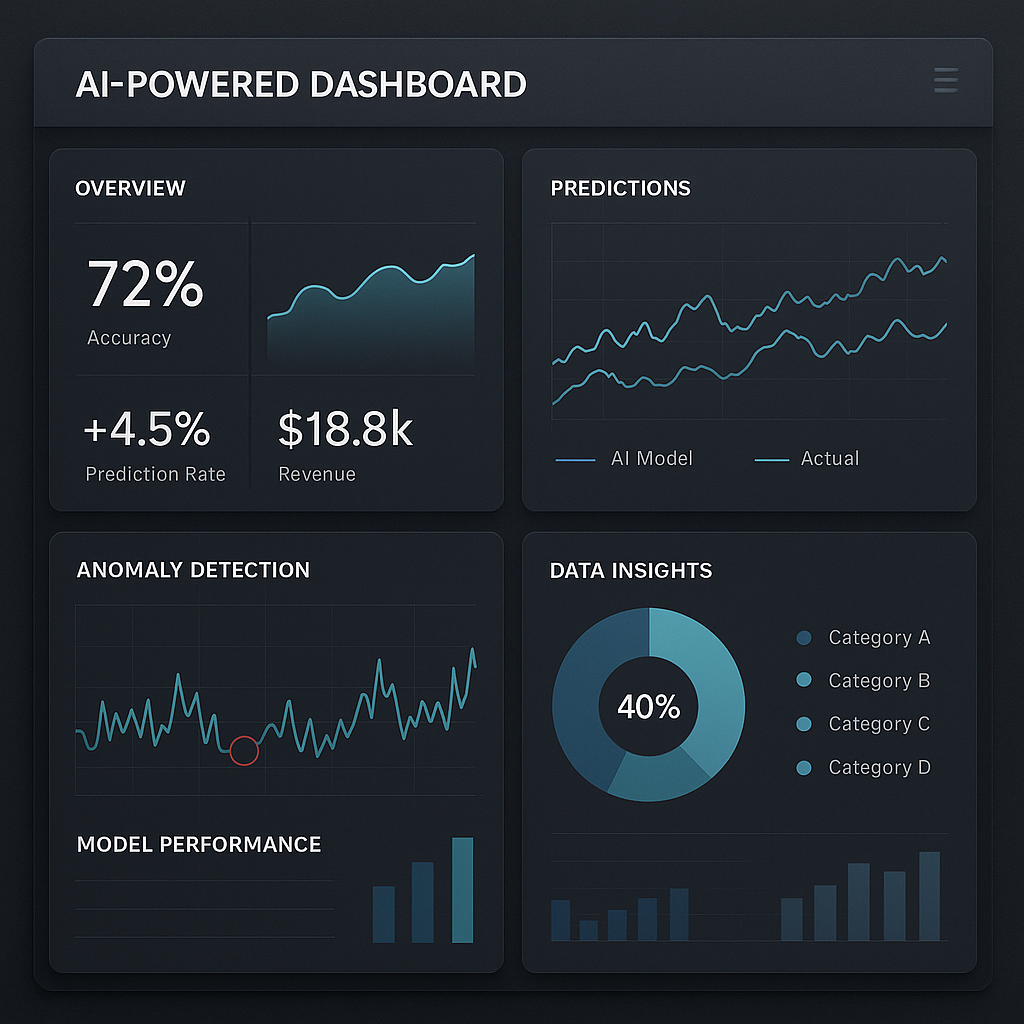How to Identify Automation Opportunities During Requirement Gathering

Unlocking Automation Magic: Your Guide to Spotting Opportunities Ever wonder how teams transform repetitive tasks into smooth, efficient processes? Welcome to the world of automation opportunity identification! Let’s break down this exciting journey step-by-step. What Exactly Are Automation Opportunities? Think of automation opportunities as those tasks that scream, “I’m boring and repetitive!” These are processes that: Happen frequently Follow consistent, predictable patterns Consume significant human time and effort Have minimal complex decision-making Key Strategies for Identifying Automation Candidates Process Mapping Document every step of existing workflows. Look for patterns, redundancies, and manual interventions that could be streamlined. Time Tracking Analysis Measure how long team members spend on repetitive tasks. If something takes more than 15-20 minutes repeatedly, it’s a prime automation target! Error Rate Evaluation High manual error rates indicate perfect automation opportunities. Machines excel at consistent, precise execution. Pro Tips for Effective Automation Discovery Remember these golden rules during requirement gathering: Ask team members about their most tedious tasks Look for tasks with clear, rule-based workflows Consider potential ROI and implementation complexity Red Flags: When NOT to Automate Not every process is automation-friendly. Be cautious of: Highly complex, judgment-dependent tasks Infrequent processes Processes with constant variability Getting Started: Practical Next Steps Ready to dive in? Start small! Choose one clear, manageable process and map out its potential for automation. Collaborate with your team, gather detailed requirements, and experiment. Pro Tip: Automation is a journey, not a destination. Stay curious, adaptable, and always keep learning!
From Insight to Impact: Bridging Business Analysis and AI Automation

Demystifying Business Analysis and AI Automation: Your Roadmap to Transformation Ever wondered how modern businesses are turning data into real magic? Let’s dive into the exciting world where business analysis meets AI automation! What Exactly is This Powerful Combination? Think of business analysis and AI automation as a dynamic duo that transforms raw information into strategic gold. It’s like having a super-smart assistant that can: Analyze complex data patterns Predict business trends Automate repetitive tasks Drive strategic decision-making Why Should Businesses Care? Here’s the game-changing reality: Companies leveraging AI and business analysis are: Reducing operational costs by up to 40% Improving efficiency dramatically Making more informed, data-driven decisions Real-World Implementation Strategies Getting started doesn’t require a computer science degree. Here are practical steps: Start small: Begin with one specific business process Invest in training your existing team Choose user-friendly AI tools Continuously measure and adapt Pro Tips for Success Remember, successful AI integration is about augmenting human skills, not replacing them. Focus on collaboration and continuous learning. “The future belongs to those who understand how to blend human creativity with technological efficiency.” – Tech Innovation Experts Common Challenges and Solutions Worried about implementation? Most challenges can be overcome with: Clear strategic planning Ongoing team education Flexible, scalable technology solutions Bottom line: Business analysis and AI automation aren’t just trends—they’re the new competitive advantage. Are you ready to transform your organization?
How AI and Business Analysis Together Drive Digital Transformation

AI and Business Analysis: Transforming Modern Enterprises In today’s rapidly evolving digital landscape, businesses are constantly seeking innovative ways to stay competitive. The powerful combination of Artificial Intelligence (AI) and Business Analysis has emerged as a game-changing strategy for digital transformation. Let’s dive into how these two forces are reshaping the business world! What Exactly is Digital Transformation? Think of digital transformation as a complete makeover for businesses, where traditional processes are reimagined and reinvented using cutting-edge technologies. It’s not just about adding new tech—it’s about fundamentally changing how a company operates and delivers value to customers. How Do AI and Business Analysis Work Together? Data-Driven Insights: AI helps business analysts process massive amounts of data quickly and accurately Predictive Analytics: Machine learning algorithms can forecast trends and potential business challenges Process Optimization: AI identifies inefficiencies that human analysts might miss Real-World Benefits Enhanced Decision Making Improved Customer Experience More Efficient Operations Cost Reduction Key Strategies for Implementation Successful digital transformation requires: Leadership commitment Cross-functional collaboration Continuous learning and adaptation Investing in the right technologies Challenges to Consider While promising, the AI and business analysis partnership isn’t without challenges. Companies must address: Data privacy concerns Skill gap in AI technologies Ethical considerations of AI decision-making Looking Ahead The future is bright for businesses willing to embrace AI-powered business analysis. As technologies continue to evolve, those who adapt will be best positioned to thrive in the digital age. “Digital transformation is not about technology, but about strategy and creating value.” – Unknown Ready to start your digital transformation journey? The time to act is now!
Creating AI-Powered Dashboards for Real-Time Decision-Making

AI-Powered Dashboards: Your Ultimate Guide to Real-Time Decision Making Hey there! Ever wondered how top companies seem to make lightning-fast, incredibly smart decisions? The secret sauce is often AI-powered dashboards. Let’s break down everything you need to know about these game-changing tools. What Exactly Are AI-Powered Dashboards? Think of an AI-powered dashboard as your super-smart business assistant. It’s not just a screen showing numbers – it’s a dynamic, intelligent platform that: Analyzes massive amounts of data in real-time Provides predictive insights Highlights potential risks and opportunities Adapts and learns from your business patterns Why Should You Care? Traditional dashboards are like looking in a rearview mirror. AI-powered dashboards are more like a GPS with real-time traffic updates – they help you navigate complex business landscapes with unprecedented precision. Key Benefits Speed: Instant data processing and insights Accuracy: Machine learning reduces human error Predictive Power: Anticipate trends before they happen Customization: Tailored to your specific business needs Getting Started: Implementation Tips Ready to dive in? Here are some expert recommendations: Start small and scale gradually Ensure data quality and integration Train your team on new technologies Choose platforms with robust security features Common Challenges (And How to Overcome Them) Let’s be real – implementing AI isn’t always smooth sailing. Common hurdles include: Data silos: Break down departmental barriers Integration complexity: Work with experienced consultants Cost concerns: Focus on ROI and incremental implementation Future Outlook AI-powered dashboards aren’t just a trend – they’re the future of strategic decision-making. Companies that adapt will gain significant competitive advantages. Pro Tip: The best dashboards tell a story, not just display data. Make sure yours communicates insights clearly and actionably! Final Thoughts AI-powered dashboards are transforming how businesses understand and act on information. They’re not about replacing human intelligence, but amplifying it. Ready to level up your decision-making game? The future is now, and it’s powered by intelligent, real-time insights!
